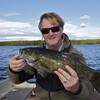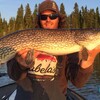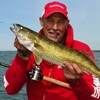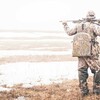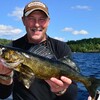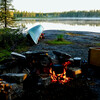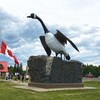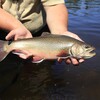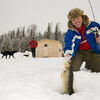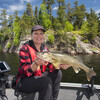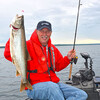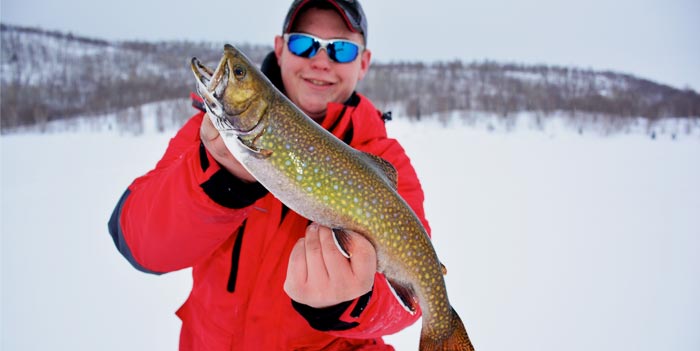
How to Fine Tune Tip-Ups
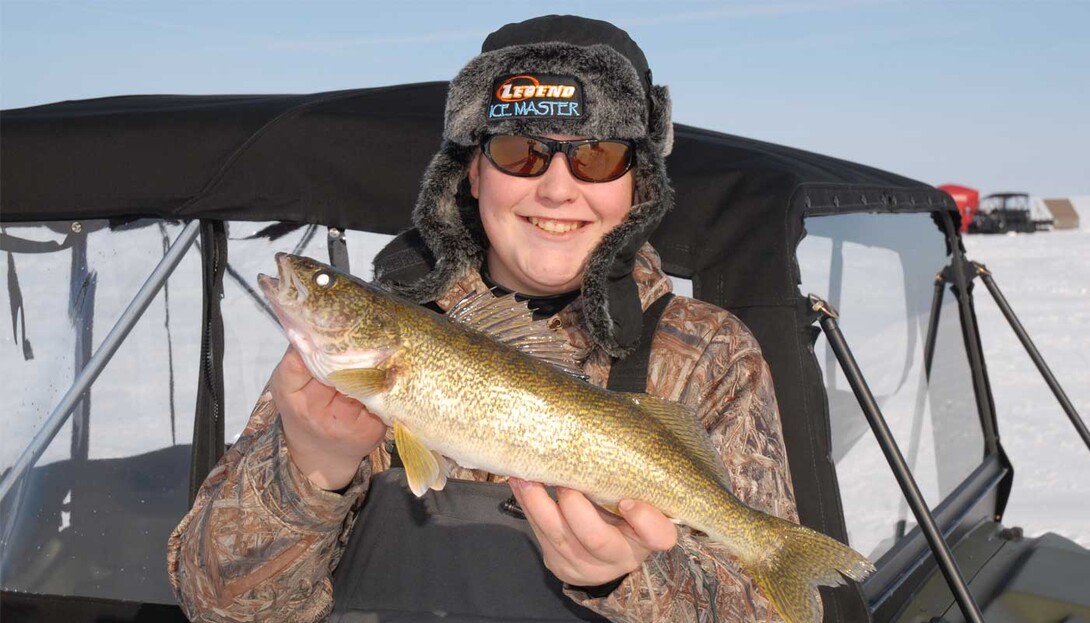
It's hard to beat the feeling when something at the end of a fishing line makes its presence known. A tug on the end of the line is great, but this sensation isn't the only way to make the most of ice fishing. The time-honoured tip-up is another excellent way to target a wealth of fish species including trout, walleye, pike, and burbot.
A tip-up doesn't reward anglers with a sharp rap they can feel, but the colourful flag that pops up when a bite occurs is just as satisfying. The simple words "flag up" are enough to warm the cold fingers and toes of any angler.
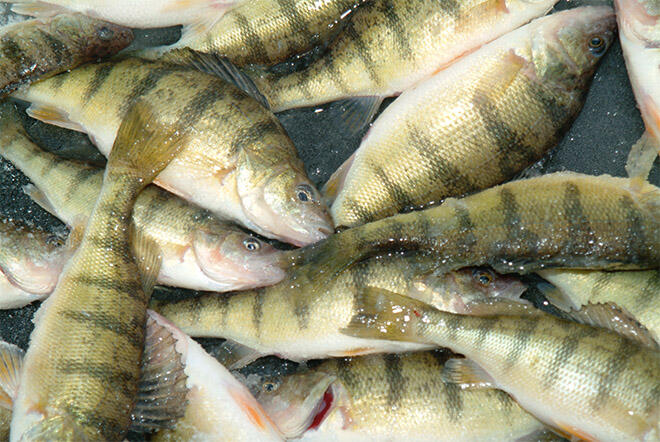
Fishing tip-ups run the gambit from simple and inexpensive devices to complicated machines. Some models are sophisticated enough that you might want to brush up on the instruction booklet before trying to use one. Like just about everything else to do with fishing, the tip-up has been invented, reinvented, improved, and refined countless times over the years. It seems the dark of winter is a great time for would-be inventors to hone their craft.
The many types of tip-ups on the market vary greatly in the materials used, the triggering systems involved, how the line is stored, and many other aspects of their design. All tip-ups however have one important characteristic in common. These fishing aids are designed to be used as set or stationary lines. The bait is suspended under the ice at the desired level in the water column. Hopefully, something with fins will happen by and help itself to an easy meal. Anglers in most states are allowed to use two fishing lines, but some states allow more and some less. Be sure to check with your local fishing regulations before setting out tip-ups.
Ironically, the tip-up is often used as an afterthought by anglers who are focused primarily on jigging. Treated as a bonus line, the tip-up often ends up producing both the biggest fish and the most action.
Tip-ups are mostly used to target walleye, pike, or trout, but just about any fish can be caught using a tip-up. Savvy perch anglers sometimes use a tip-up baited with a small minnow as a searching tool for yellowbellies. Rigging one of these set lines a ways away from a spot that's being actively jigged helps to cover more water and search out roaming schools of perch.
The big news in tip-ups isn't the types of fish they are used for catching but rather the new innovations that allow these devices to catch more fish. Tip-up designs that completely cover the hole in the ice are a major improvement over the traditional designs that simply use a wooden or plastic arm to support a spool of line below the ice.
Blocking light from entering the water makes for a more natural presentation and the tip-up also helps to keep the hole from quickly freezing shut. With traditional style tip-ups, it's necessary and important to frequently chip ice away from the hole so if a fish is hooked it can be landed easily.
This new style of tip-up also has the advantage of being easy to set and transport. Several can be stacked in a five-gallon pail without fear of tangled lines. Slick idea.
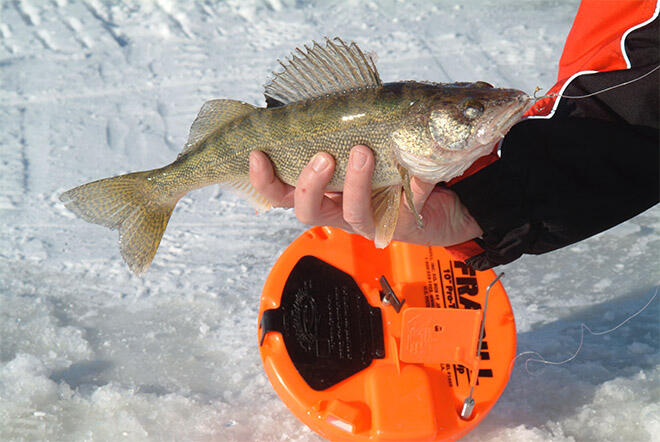
The types of lines used on tip-ups have also seen major improvements in recent years. The traditional Dacron and nylon braided lines once popular with tip-up fishermen are quickly being replaced with high-tech monofilaments that stay flexible even in ultra-cold water. The introduction of co-polymer fishing lines makes it possible to produce products that are thin, flexible, and tough. In the past, anglers had only two choices when it came to monofilament lines; those that are thin and flexible or those that are somewhat stiffer and tougher.
Better tip-up fishing lines than ever before are now available and the same is true of leader material. Fluorocarbon lines are the ultimate in line to lure connection. Clear and almost impossible to see in the water, fluorocarbon lines come in a range of diameters and break strengths to suit any tip-up fishing situation.
In the larger sizes, fluorocarbon leaders also double as effective leaders against sharp teeth. Much tougher than ordinary monofilament, fluorocarbon is a good choice for fish that are both line shy and sharp of tooth. Big pike that has survived tip-ups armed with braided line and steel leader material have met their match with fluorocarbon.
Those anglers who insist on using a wire leader would be wise to check out the new titanium wire leader material. Thin, very flexible, resistant to kinking and wire tough, this unique line-to-lure connection is the toughest thing going under the ice.
Tip-ups are amazingly effective, but a couple of simple rigging tips make these fish traps even better. It's important to use just enough weight to sink the bait when fishing a tip-up. Pinch-on weights such as split shot can be used, but these weights also weaken the line. A better system is to thread a small egg sinker onto the main line and then tie a small snap swivel in place. Various types of leader material and a hook at the terminal end can then be added depending on the type of fish being targeted. This simple rigging system allows a tip-up that's being used for pike one day to be quickly converted over for walleye fishing the next.
Tip-ups also work best when a small float is used to mark the depth range being fished. The small foam floats used by panfishermen can be threaded onto the main line and held in place with a toothpick or a tiny clip-on style bobber can be placed on the line at the surface after the desired lead is set.
When a fish strikes and pulls out line the float goes along for the ride. Once the fish is landed, the float quickly indicates the exact depth that was fished making it easy to reset into the same strike zone again and again.
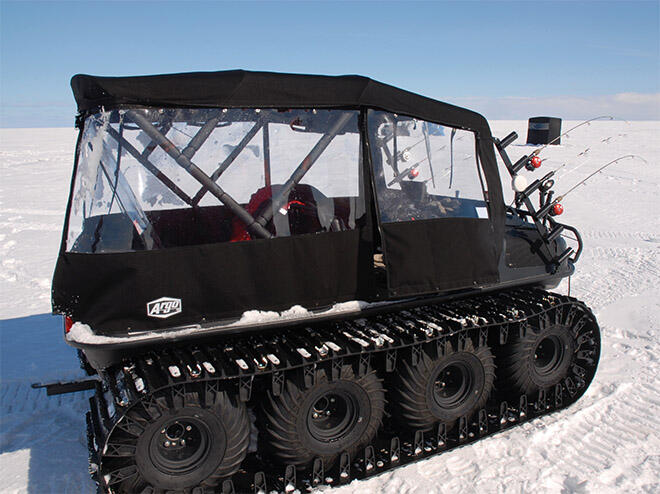
At the terminal end, it's tough to beat a very lively minnow for tip-up fishing, but at times a dead smelt will work just as well. When small minnows are used such as for trout or walleye a single treble hook placed near the middle of the minnow's back is ideal. If larger minnows are used for pike or muskie, a quick strike rig is recommended. These two hook rigs position one hook in the nose of the minnow and a second in the middle of the back, increasing the chances that the fish will be hooked even if it doesn't have the minnow down its mouth.
Tip-ups are both fun and productive winter fishing tools. For the best results change the bait often and move the tip-ups around often to cover more water!
Recommended Articles
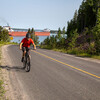
Island Cruising

A Skier and Snowboarder's Paradise
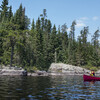
Unwinding in Obatanga

A Place to Stop
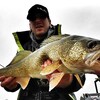
Finding late fall walleye

7 Best Ways to Embrace Winter in Algoma
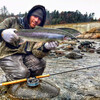
Fall Steelhead

Aubrey Falls
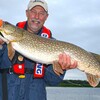
Pike and Spoons

The Centre of Canada?
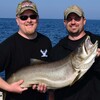
In Search of Grays

Seeking Solitude
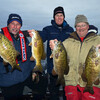
Tackling the Cold

St. Joseph Island Fauna
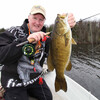
Birch Lake Resort

Snowshoeing in Algoma

The Queen’s Tarts
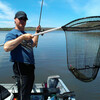
Rappin for WAlleye

Algoma Chrome
